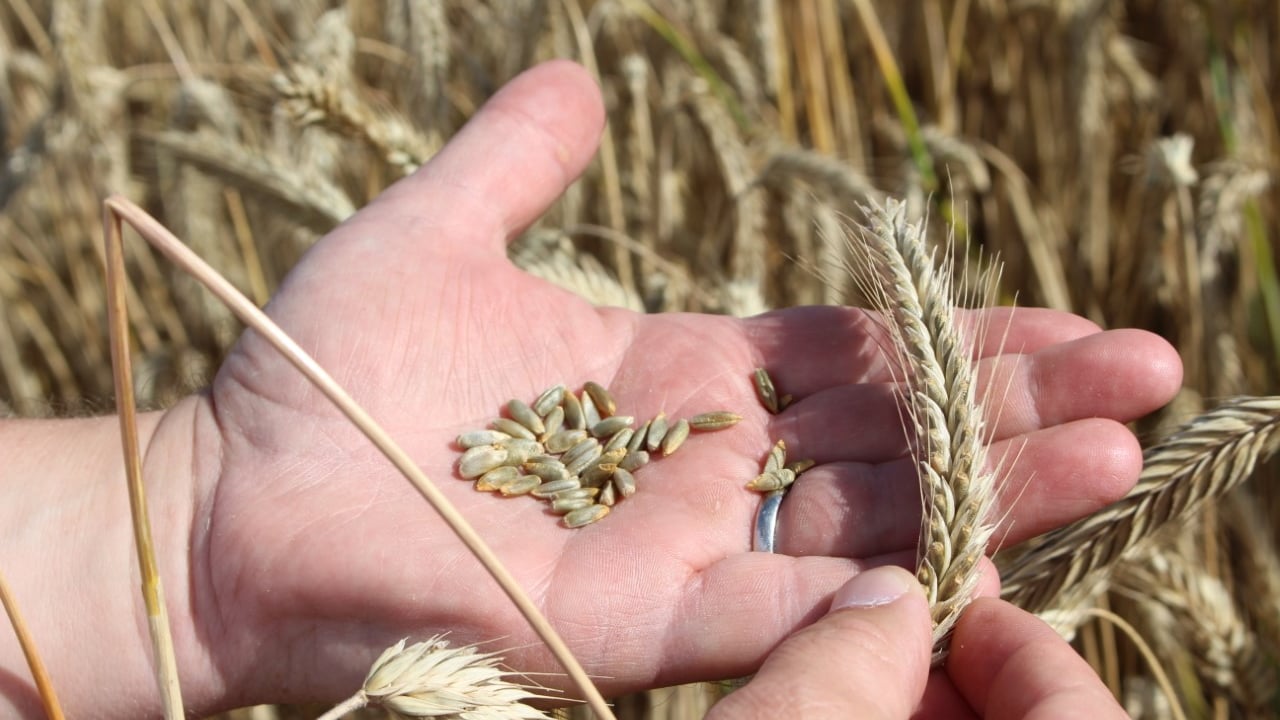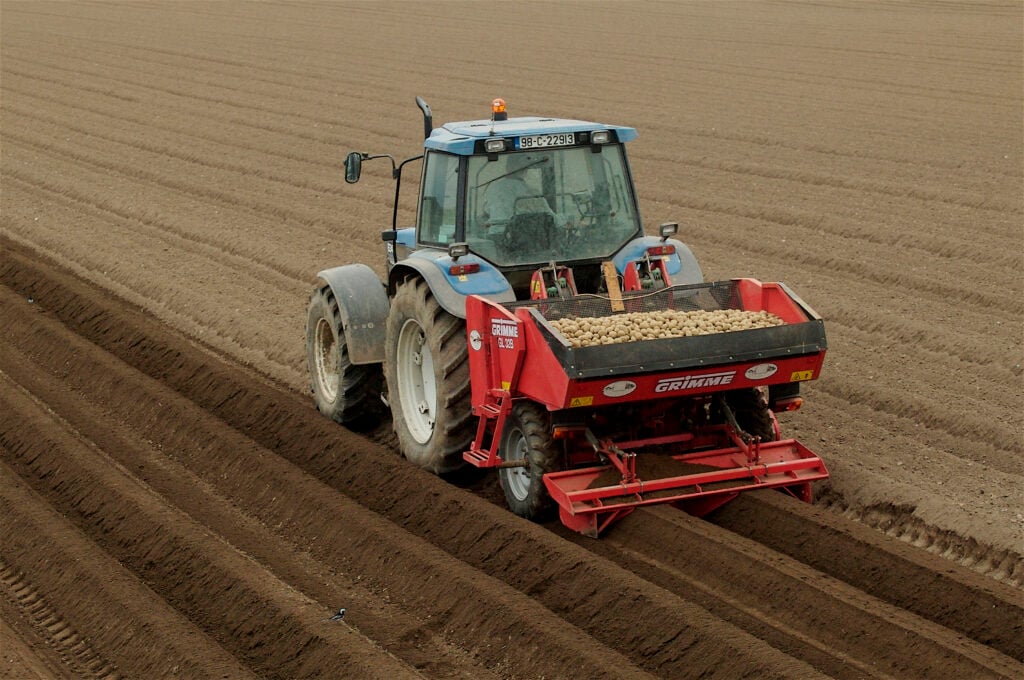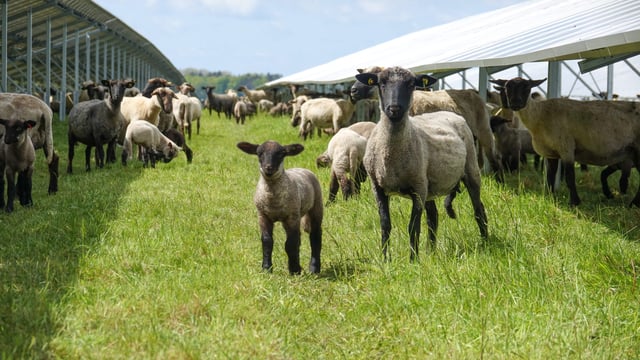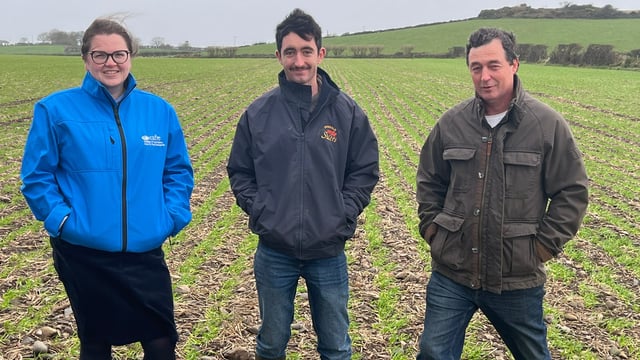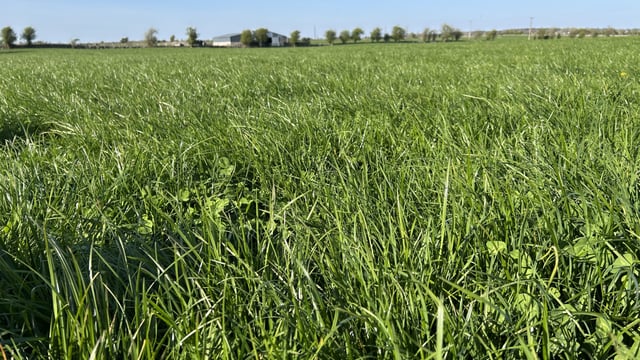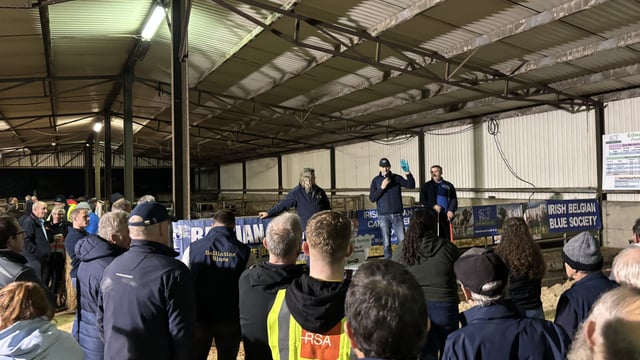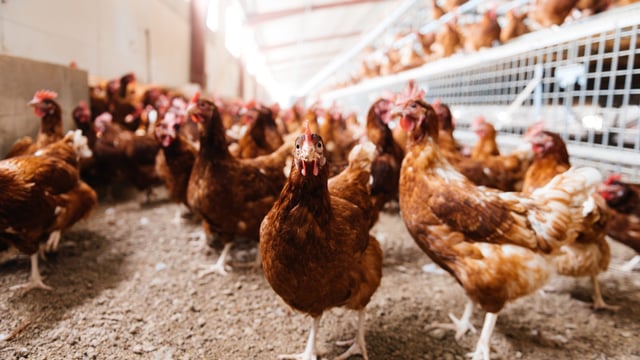Winter rye planted area reported to have increased significantly for 2025/2026
Teagasc is indicating that the area dedicated to hybrid rye in 2025/2026 may come in at around 5,000ha, which is up from the 3,000ha recorded in 2024.
This follows a strong push on the part of many agronomists to encourage the growing of the cereal during the late summer period.
Teagasc tillage specialist, Shay Phelan told Agriland: “Winter barley yields have disappointed over the past couple of years.
“This is one issue. In addition, many growers recognise the role for winter rye as that high Take-All resistant option within a cereal rotation.”
Rye is an early autumn sowing option on many farms that can produce high grain and straw yields without the need for excessive fertiliser applications.
The crops grows well under Irish conditions. Moreover, recent research is pointing to its suitability as a cereal source in both pig and poultry rations.
But there remains a degree of resistance at both merchant and feed compounder levels when it comes to handling rye.
“This is why growers should have buyers for rye identified before committing to plant the crop," Phelan said.
BYDV
Another trend identified from the 2025/2026 autumn planting figures is the growing popularity of winter barley varieties with a degree of tolerance to Barley Yellow Dwarf Virus (BYDV).
These include the likes of Joyau, Orcade and Integral.
Phelan pointed to the enhanced BYDV threat posed by the current warm temperatures.
“This is particularly the case for crops planted in the south of the country and at coastal locations,” he explained.
“Most winter sown crops are looking well at the present time. But weed control is now a necessity.
"This is especially the case for crops that were not treated with a pre-emergence herbicide.”
Planting season
Meanwhile the 2025/2026 planting season continues to wind down.
Some growers may still push to get winter wheat sown out on ground that had previously been used for beet, maize or potatoes.
The Teagasc representative said: “Ground had become very sticky in many parts of the country following the recent rains.
“Germination rates tend to fall off quite dramatically as we get into November.
"Any planting work undertaken over the coming days will be totally focussed on good, dry sites.”
Phelan said most tillage farmers will be "happy enough" with the progress they have made throughout the autumn planting season.
“But their big worry remains that of getting a decent price for their grain next year," he added.
"International cereal markets remain very depressed.”

